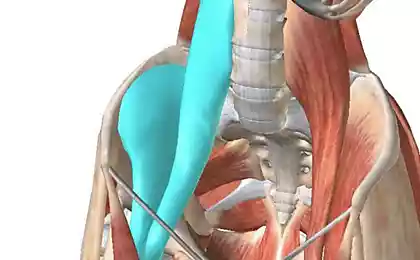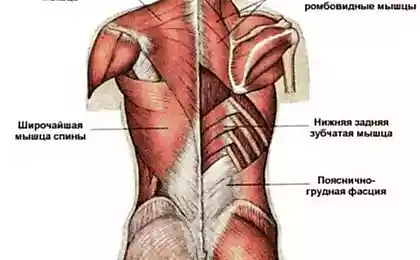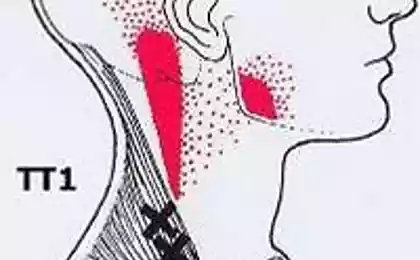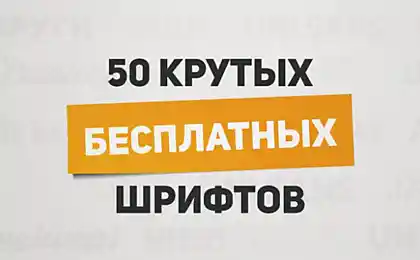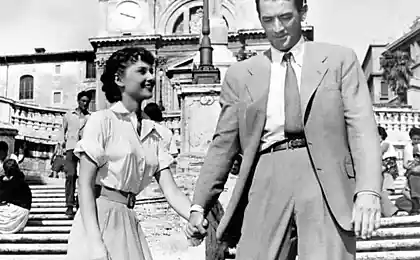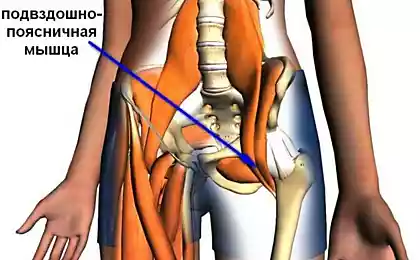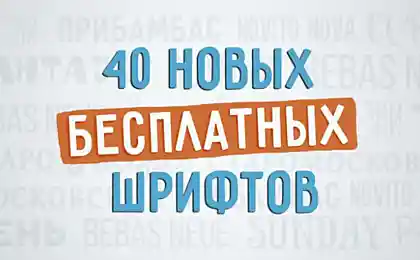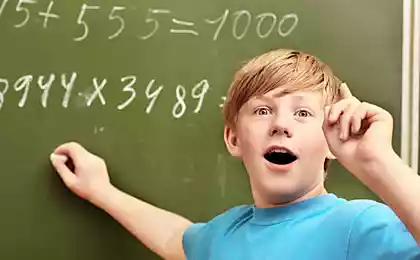441
Key to the muscles of the cortex: lumbar muscle (psoas)
What is the most important muscle in the body? Many people will name a language, but today we will talk about the muscle in which the human soul is located, at least so believed the ancient Taoists. Few people know about this muscle, but in the meantime, it is the key to beautiful posture and strengthening the muscles of the cortex. This is the lumbar muscle (psoas).
The lumbar muscle (psoas) is the deepest muscle in the human body, affecting our structural balance, muscle integration, flexibility, strength, range of motion, joint mobility and organ function. The lumbar muscles on both sides start from the spine, attaching to the 12th thoracic vertebra (T12) and to each of the five lumbar vertebrae. From here, they pass down through the abdomen and pelvis, and then attach to the top of the femur.
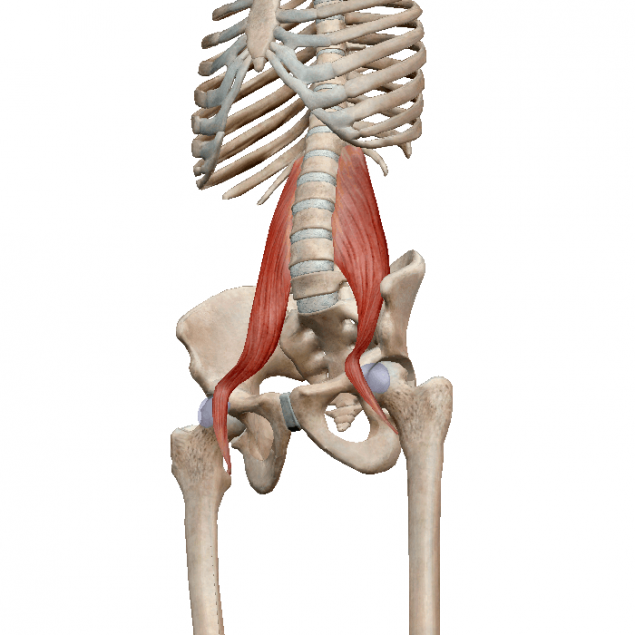
Psoas is the only muscle that connects the spine to the legs. It is responsible for maintaining a vertical position and is involved in lifting the legs when walking. A properly functioning lumbar muscle stabilizes the spine and provides support for the entire trunk, forming a platform for vital abdominal organs.
If we constantly contract the lumbar muscle due to stress or tension, it begins to shorten, which creates the prerequisites for painful conditions - pain in the lower back, sacroiliac region, sciatica, problems with the vertebral discs, spondylosis, scoliosis, hip degeneration, knee pain, painful menstruation, infertility and digestive problems. Chronically compressed lumbar muscle negatively affects posture, depth of breathing and the condition of internal organs.

The problem with the lumbar muscle includes impaired posture in the lumbar region, pain in the lower back and a convex abdomen. Moreover, the abdomen does not depend on the strength of the direct abdominal muscles, but on the state of the lumbar muscle. The main problem of the muscle is its shortening. The reason for this shortening is the adaptation of the muscle to prolonged sitting. When sitting, the lumbar muscle performs its functions at a different angle, which is why it shortens.
And when we get up, it stops working normally. The situation is aggravated by many features of our modern lifestyle – car seats, tight clothes, chairs and shoes that disturb posture, reduce the range of natural movements and further compress the lumbar muscle. As long as the lumbar muscle is not relaxed, it can remain contracted and tense, and then it is easy to spasm and shorten.
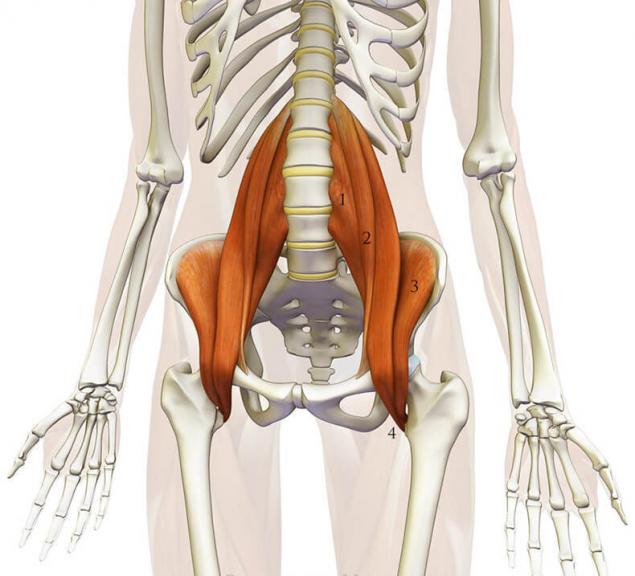
Lumbar (1,2) and iliac muscle (3)
Shortening of the muscle is observed in the form of an enhanced mascara bending. When the lumbar muscle weakens, it will be the opposite: a flat lumbar. The lumbar muscle remains contracted (punched) as a result of the detrimental effects of improper posture or injury. If we walk or stand with an overly protruding chin, then the muscle will contract.
Ida Rolfe wrote that the “exhausted lumbar muscle” chronically bends the body at the level of the inguinal region in a way that prevents a truly complete straightening of posture. Sitting for a long time throughout the day reduces the lumbar muscle to keep us in biomechanical balance in our chairs. Over time, we create a “normal” stereotype of holding a muscle that is not correct.
Chronic stress causes changes in muscle tone, which also leads to shortening of the lumbar muscle. Do you know the expression "tailed"? That's what people say. So, this expression very accurately conveys the position of the pelvis under stress.
Your center of gravity
The lumbar muscle (psoas) is one of the most important muscles of the body, responsible for posture, plasticity and grace of movements. And more than that, even by man's contact with his own deepest center.
The lumbar muscles (pair) are the lower triangle (directed upwards) of two large triangles of paired muscles that are responsible for the core strength of the human body.The upper triangle (directed downwards) are the trapezoid muscles. They actually look more like rhombuses, but I'm talking about two opposite triangles so you can better imagine the opposite direction of the pulling force that supports the body.
The lumbar muscle further affects the pelvis, as it shares the tendon (attaching it to the thigh) with another pair of muscles (iliac muscles). Together they form an iliac-lumbar muscle group. The tone of the iliac muscles partly depends on the tone of the lumbar. That is, with the tension of the lumbar muscles, the iliac muscles also tense. This muscle runs from the upper thigh (from the small thigh bone spin) back through the upper edge of the entrance to the pelvis and attaches to the inner edge of the ilium (behind the femur, but not as close to the center as the sacrum).
In Taoist tradition, the lumbar muscle is called the throne or muscle of the soul. It surrounds the lower Dantian, the main energy center of the body. In the West, separate books are written about the lumbar muscle, but we have everything quite deaf. Let's deal with the lumbar muscle.
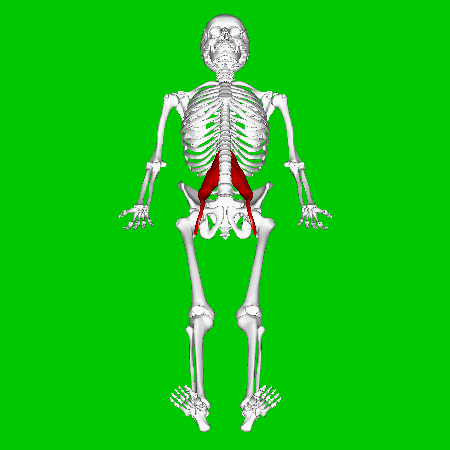
1. Diagnosis of the state of the lumbar muscle (Thomas test).
The man stands at the end of the table with his back to him, one knee and thigh bent, the patient pulls them with his hands as close to the abdomen as possible. Then the patient lies back so that the tailbone is as close to the edge of the table as possible, while avoiding lordosis. The second thigh should lie freely on the table. If this does not happen, the lumbar muscle is shortened. Okay?
You can as an option lie down first and then pull up. This version of the test is produced in the position of the subject lying on his back. One leg hangs from the table. The other subject supports with both hands in a bent position above the abdomen. His back muscles are relaxed. Natural lumbar lordosis is smoothed out. The thigh of the straightened leg remains on the table. If the hip of the other leg breaks off when the knee is bent, the lumbar muscle is shortened.

Thomas Test 1
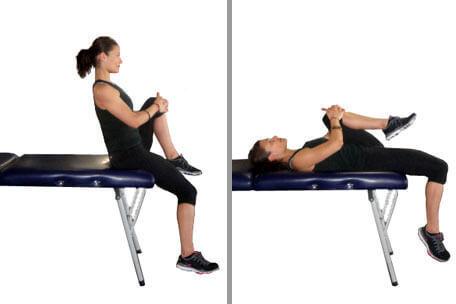
Thomas Test 2
2. Evaluation of iliac muscle function
When lengthening (often without weakening) the iliac-lumbar muscle, bend the leg in the hip joint against resistance, maintaining a sitting position, it is possible to 105-110 degrees, but not 120 degrees.
3. Two-hand test.
Apply one palm to the top of the sternum, and the second palm is perpendicular to the pubic bone. Evaluate the angle between the planes in which the palms lie. Normally, both planes should be paralyzed to each other. Look at the picture, it explains much better than I do.
The position of the pelvis also often depends on the condition of the lumbar muscle. If it is shortened, then we see the anterior slope of the pelvis with a protrusion of the abdomen and a deep lumbar bend. If the lumbar muscle is unnecessarily stretched, we see the posterior slope of the pelvis with flattening of the bend of the lumbar.
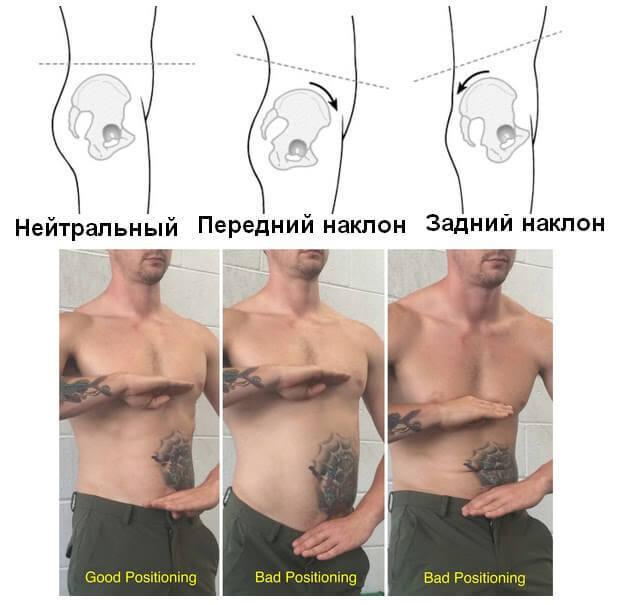
Two-hand test
4. Trigger points in the projection of the lumbar muscle.
The presence of characteristic pain, burning, paresthesia in the trigrerere points (see the figure)
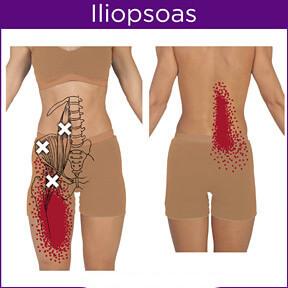
lumbar muscle trigger points
Lower muscle protocol.
The lumbar muscle protocol includes:
Do all stretches in compliance with the basic rules of postisometric muscle relaxation
1. Before the beginning of the exercise, it is necessary to bring the joint towards the restriction, achieve maximum tension and tension of the pathologically contracted muscle. Preparatory movement is carried out to the level of increased pain. It's a traffic barrier.
2. The movement carried out to increase muscle contraction should be carried out towards maximum painlessness and correspond to the direction of the previous muscle contraction (opposite to the restriction barrier).
3. The force of additional muscle contraction is 30% of the maximum and should not increase pain.
4. Resistance to muscle contraction should be sufficient to keep the limb or body from moving in space. The muscle should be tense, but not produce movement held by resistance.
5. The time of additional muscle tension is 5-7 seconds.
6. After tension, a 3-second pause is maintained - the muscle relaxes.
7. After a pause, the muscle is stretched towards the barrier of restriction until the appearance of pain syndrome. This is the new barrier of limitation.
8. 3-4 approaches are performed with a gradual increase in the freedom of movement of the joint and muscle relaxation.
The protocol of the lumbar muscle: photos.
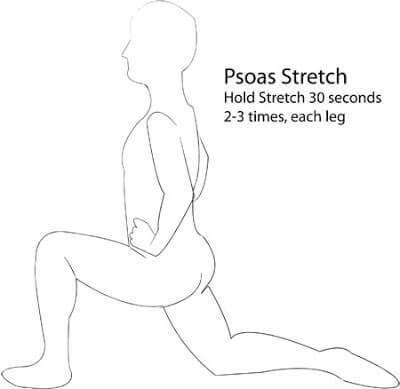
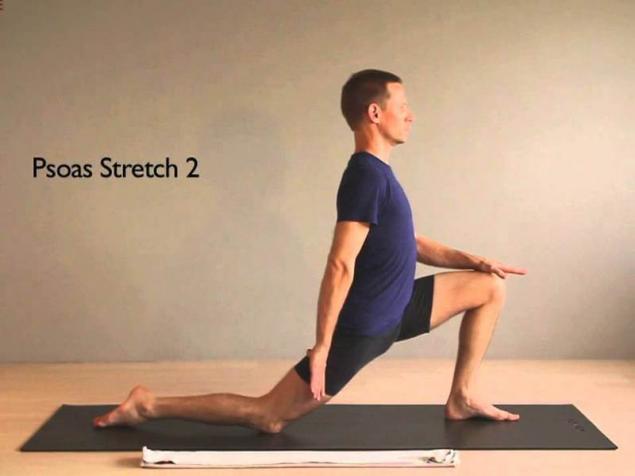
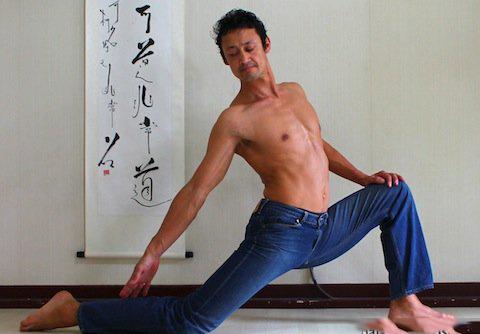
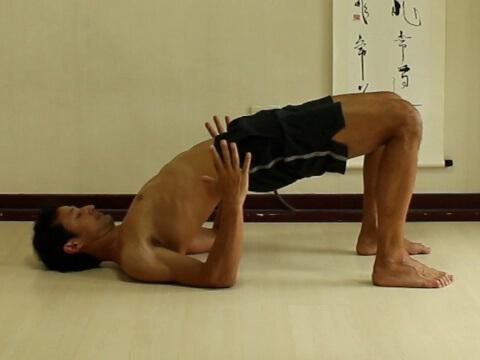

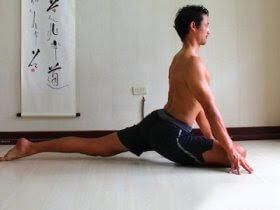
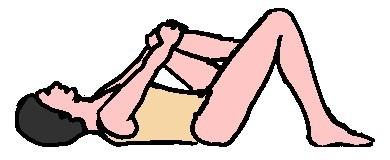

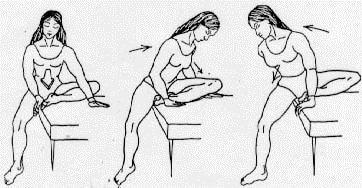
Exercise biomechanics and lumbar muscle
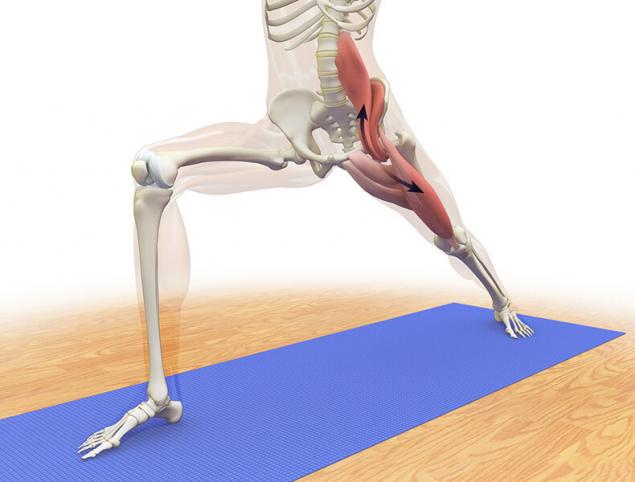
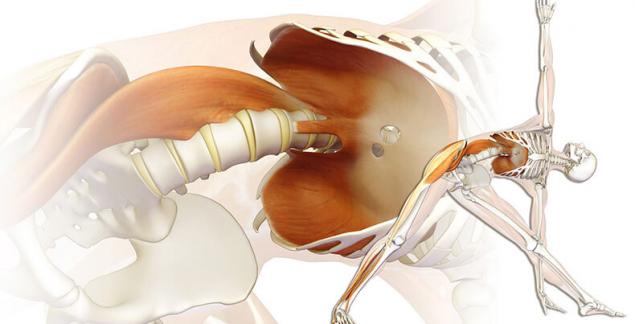
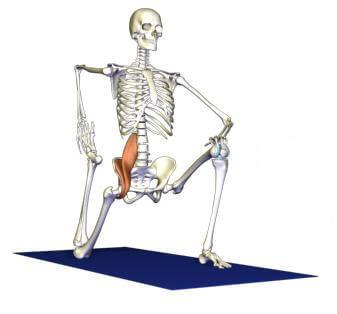
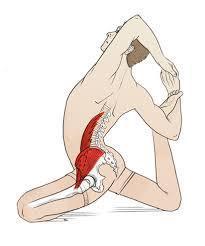
Protocol of the lumbar muscle: video
Initial level (lying exercises), watch from the second minute:
Subscribe to our YouTube channel, which allows you to watch online, download from YouTube free video about recovery, rejuvenation of a person. Love for others and for yourself as a feeling of high vibrations is an important factor.
A good selection of yoga asanas, you can use as usual stretch marks:
Subscribe to our YouTube channel, which allows you to watch online, download from YouTube free video about recovery, rejuvenation of a person. Love for others and for yourself as a feeling of high vibrations is an important factor.
Another stretch:
published
Author: Andrey Beloveskin
P.S. And remember, just by changing your consciousness – together we change the world!
Source: www.beloveshkin.com/2015/07/klyuch-k-myshcam-kora-poyasnichnaya-myshca-psoas.html
The lumbar muscle (psoas) is the deepest muscle in the human body, affecting our structural balance, muscle integration, flexibility, strength, range of motion, joint mobility and organ function. The lumbar muscles on both sides start from the spine, attaching to the 12th thoracic vertebra (T12) and to each of the five lumbar vertebrae. From here, they pass down through the abdomen and pelvis, and then attach to the top of the femur.

Psoas is the only muscle that connects the spine to the legs. It is responsible for maintaining a vertical position and is involved in lifting the legs when walking. A properly functioning lumbar muscle stabilizes the spine and provides support for the entire trunk, forming a platform for vital abdominal organs.
If we constantly contract the lumbar muscle due to stress or tension, it begins to shorten, which creates the prerequisites for painful conditions - pain in the lower back, sacroiliac region, sciatica, problems with the vertebral discs, spondylosis, scoliosis, hip degeneration, knee pain, painful menstruation, infertility and digestive problems. Chronically compressed lumbar muscle negatively affects posture, depth of breathing and the condition of internal organs.

The problem with the lumbar muscle includes impaired posture in the lumbar region, pain in the lower back and a convex abdomen. Moreover, the abdomen does not depend on the strength of the direct abdominal muscles, but on the state of the lumbar muscle. The main problem of the muscle is its shortening. The reason for this shortening is the adaptation of the muscle to prolonged sitting. When sitting, the lumbar muscle performs its functions at a different angle, which is why it shortens.
And when we get up, it stops working normally. The situation is aggravated by many features of our modern lifestyle – car seats, tight clothes, chairs and shoes that disturb posture, reduce the range of natural movements and further compress the lumbar muscle. As long as the lumbar muscle is not relaxed, it can remain contracted and tense, and then it is easy to spasm and shorten.

Lumbar (1,2) and iliac muscle (3)
Shortening of the muscle is observed in the form of an enhanced mascara bending. When the lumbar muscle weakens, it will be the opposite: a flat lumbar. The lumbar muscle remains contracted (punched) as a result of the detrimental effects of improper posture or injury. If we walk or stand with an overly protruding chin, then the muscle will contract.
Ida Rolfe wrote that the “exhausted lumbar muscle” chronically bends the body at the level of the inguinal region in a way that prevents a truly complete straightening of posture. Sitting for a long time throughout the day reduces the lumbar muscle to keep us in biomechanical balance in our chairs. Over time, we create a “normal” stereotype of holding a muscle that is not correct.
Chronic stress causes changes in muscle tone, which also leads to shortening of the lumbar muscle. Do you know the expression "tailed"? That's what people say. So, this expression very accurately conveys the position of the pelvis under stress.
Your center of gravity
The lumbar muscle (psoas) is one of the most important muscles of the body, responsible for posture, plasticity and grace of movements. And more than that, even by man's contact with his own deepest center.
The lumbar muscles (pair) are the lower triangle (directed upwards) of two large triangles of paired muscles that are responsible for the core strength of the human body.The upper triangle (directed downwards) are the trapezoid muscles. They actually look more like rhombuses, but I'm talking about two opposite triangles so you can better imagine the opposite direction of the pulling force that supports the body.
The lumbar muscle further affects the pelvis, as it shares the tendon (attaching it to the thigh) with another pair of muscles (iliac muscles). Together they form an iliac-lumbar muscle group. The tone of the iliac muscles partly depends on the tone of the lumbar. That is, with the tension of the lumbar muscles, the iliac muscles also tense. This muscle runs from the upper thigh (from the small thigh bone spin) back through the upper edge of the entrance to the pelvis and attaches to the inner edge of the ilium (behind the femur, but not as close to the center as the sacrum).
In Taoist tradition, the lumbar muscle is called the throne or muscle of the soul. It surrounds the lower Dantian, the main energy center of the body. In the West, separate books are written about the lumbar muscle, but we have everything quite deaf. Let's deal with the lumbar muscle.

1. Diagnosis of the state of the lumbar muscle (Thomas test).
The man stands at the end of the table with his back to him, one knee and thigh bent, the patient pulls them with his hands as close to the abdomen as possible. Then the patient lies back so that the tailbone is as close to the edge of the table as possible, while avoiding lordosis. The second thigh should lie freely on the table. If this does not happen, the lumbar muscle is shortened. Okay?
You can as an option lie down first and then pull up. This version of the test is produced in the position of the subject lying on his back. One leg hangs from the table. The other subject supports with both hands in a bent position above the abdomen. His back muscles are relaxed. Natural lumbar lordosis is smoothed out. The thigh of the straightened leg remains on the table. If the hip of the other leg breaks off when the knee is bent, the lumbar muscle is shortened.

Thomas Test 1

Thomas Test 2
2. Evaluation of iliac muscle function
When lengthening (often without weakening) the iliac-lumbar muscle, bend the leg in the hip joint against resistance, maintaining a sitting position, it is possible to 105-110 degrees, but not 120 degrees.
3. Two-hand test.
Apply one palm to the top of the sternum, and the second palm is perpendicular to the pubic bone. Evaluate the angle between the planes in which the palms lie. Normally, both planes should be paralyzed to each other. Look at the picture, it explains much better than I do.
The position of the pelvis also often depends on the condition of the lumbar muscle. If it is shortened, then we see the anterior slope of the pelvis with a protrusion of the abdomen and a deep lumbar bend. If the lumbar muscle is unnecessarily stretched, we see the posterior slope of the pelvis with flattening of the bend of the lumbar.

Two-hand test
4. Trigger points in the projection of the lumbar muscle.
The presence of characteristic pain, burning, paresthesia in the trigrerere points (see the figure)

lumbar muscle trigger points
Lower muscle protocol.
The lumbar muscle protocol includes:
- active stretching (postisometric relaxation) in exercises
- Passive stretching (static, yoga)
- reinforcement exercises.
Do all stretches in compliance with the basic rules of postisometric muscle relaxation
1. Before the beginning of the exercise, it is necessary to bring the joint towards the restriction, achieve maximum tension and tension of the pathologically contracted muscle. Preparatory movement is carried out to the level of increased pain. It's a traffic barrier.
2. The movement carried out to increase muscle contraction should be carried out towards maximum painlessness and correspond to the direction of the previous muscle contraction (opposite to the restriction barrier).
3. The force of additional muscle contraction is 30% of the maximum and should not increase pain.
4. Resistance to muscle contraction should be sufficient to keep the limb or body from moving in space. The muscle should be tense, but not produce movement held by resistance.
5. The time of additional muscle tension is 5-7 seconds.
6. After tension, a 3-second pause is maintained - the muscle relaxes.
7. After a pause, the muscle is stretched towards the barrier of restriction until the appearance of pain syndrome. This is the new barrier of limitation.
8. 3-4 approaches are performed with a gradual increase in the freedom of movement of the joint and muscle relaxation.
The protocol of the lumbar muscle: photos.









Exercise biomechanics and lumbar muscle




Protocol of the lumbar muscle: video
Initial level (lying exercises), watch from the second minute:
Subscribe to our YouTube channel, which allows you to watch online, download from YouTube free video about recovery, rejuvenation of a person. Love for others and for yourself as a feeling of high vibrations is an important factor.
A good selection of yoga asanas, you can use as usual stretch marks:
Subscribe to our YouTube channel, which allows you to watch online, download from YouTube free video about recovery, rejuvenation of a person. Love for others and for yourself as a feeling of high vibrations is an important factor.
Another stretch:
published
Author: Andrey Beloveskin
P.S. And remember, just by changing your consciousness – together we change the world!
Source: www.beloveshkin.com/2015/07/klyuch-k-myshcam-kora-poyasnichnaya-myshca-psoas.html
Erich Fromm: For most people equality is sameness
In Tatarstan the unique technology will build energy-efficient homes
